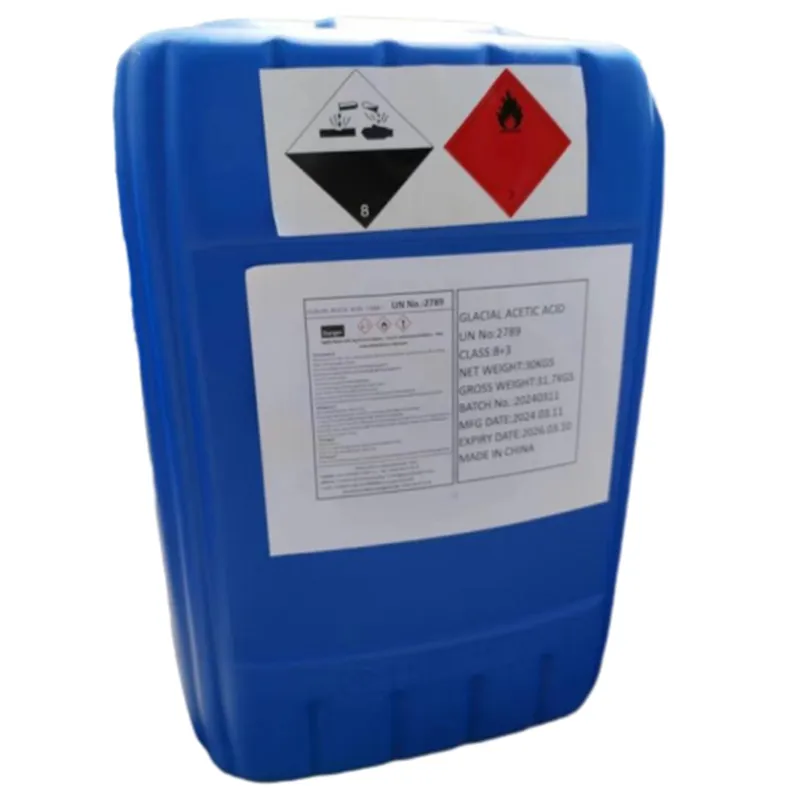
styrene butadiene styrene rubber
Understanding Styrene-Butadiene-Styrene Rubber Properties, Applications, and Benefits
Styrene-Butadiene-Styrene (SBS) rubber, a thermoplastic elastomer, has gained immense popularity in various industries due to its unique properties and versatility. This remarkable material combines the advantages of rubber and plastic, making it suitable for a wide array of applications. In this article, we will explore the properties of SBS rubber, its diverse applications, and the benefits it offers in different sectors.
What is Styrene-Butadiene-Styrene Rubber?
SBS rubber is a block copolymer made of three main components polystyrene and polybutadiene. The styrene segments provide strength and stability, while the butadiene segments impart elasticity and flexibility. This combination results in a material that exhibits both rubber-like properties and the processing ease of plastics.
Key Properties of SBS Rubber
1. Elasticity and Flexibility One of the standout features of SBS rubber is its excellent elastic recovery. The ability to stretch and return to its original shape makes it ideal for applications requiring flexibility and resilience.
2. Temperature Resistance SBS rubber maintains its performance across a broad range of temperatures. It remains stable in low temperatures, ensuring that it does not become brittle, while also resisting deformation in high-temperature conditions.
3. Durability SBS exhibits remarkable resistance to wear and tear, making it suitable for high-demand applications. This durability equates to longer service life and reduced replacement costs.
4. Adhesion and Compatibility SBS rubber has good adhesive properties, allowing it to bond well with various materials. This makes it a popular choice in coatings, sealants, and adhesives.
5. Easy Processing As a thermoplastic elastomer, SBS is relatively easy to process using conventional techniques such as extrusion and injection molding. This ease of processing facilitates its integration into a variety of manufacturing processes.
Applications of SBS Rubber
SBS rubber is utilized in a plethora of applications across different industries. Some notable applications include
1. Adhesives and Sealants SBS is widely used in the formulation of adhesives due to its strong bonding capabilities and flexibility. It is commonly found in construction, automotive, and consumer goods applications.
styrene butadiene styrene rubber

2. Road and Roofing Materials SBS rubber is incorporated into asphalt to enhance the performance of roads and roofing systems. The addition of SBS improves elasticity, durability, and resistance to temperature fluctuations, resulting in longer-lasting surfaces.
3. Footwear The flexibility and comfort provided by SBS make it a popular choice in the footwear industry. It is used in the production of midsoles, outsoles, and various components that require durability and elasticity.
4. Rubber Products SBS finds extensive use in manufacturing a range of rubber products, such as tires, hoses, and seals, where its resilience and strength are crucial for performance.
5. Consumer Goods From soft toys to kitchen utensils, SBS is employed in creating various consumer products that require a rubber-like feel and flexibility.
Benefits of Using SBS Rubber
The advantages of using SBS rubber in different applications are manifold
- Cost-Effectiveness While SBS may have a higher initial cost compared to some alternatives, its durability and longevity can lead to significant cost savings over time, especially in high-wear applications.
- Enhanced Performance The unique properties of SBS contribute to improved performance in applications ranging from automotive to construction. Its resistance to weathering and aging ensures that products maintain their functionality for longer periods.
- Sustainability With rising environmental awareness, the production processes of SBS have evolved to incorporate more sustainable practices. The recyclability of thermoplastic elastomers like SBS plays a role in reducing waste in various industries.
- Versatility The ability to tailor the properties of SBS through compounding and blending makes it suitable for an extensive range of applications, allowing manufacturers to meet specific performance requirements.
Conclusion
Styrene-Butadiene-Styrene rubber is a vital material that plays a crucial role in numerous applications across various industries. Its unique blend of elasticity, durability, and ease of processing makes it a material of choice for producing high-performance products. As industries continue to evolve and demand more versatile and sustainable materials, SBS rubber is poised to remain at the forefront of innovative solutions, providing both economic and environmental benefits. Understanding the properties and applications of SBS rubber is essential for manufacturers looking to leverage its advantages in their products and processes.
-
Pure Sodium Dichloroisocyanurate Dihydrate | Powerful DisinfectantNewsAug.29,2025
-
Industrial Chemicals: Quality & Purity for Every IndustryNewsAug.28,2025
-
Nitrile Rubber Honoring Strict Production StandardsNewsAug.22,2025
-
Aspartame Ingredients Honoring Food Safety ValuesNewsAug.22,2025
-
Fertilizer for Balanced Plant NutritionNewsAug.22,2025
-
Cyanide Gold Processing with High Purity AdditivesNewsAug.22,2025
-
Formic Acid in Textile Dyeing ApplicationsNewsAug.22,2025
Hebei Tenger Chemical Technology Co., Ltd. focuses on the chemical industry and is committed to the export service of chemical raw materials.
-

view more DiethanolisopropanolamineIn the ever-growing field of chemical solutions, diethanolisopropanolamine (DEIPA) stands out as a versatile and important compound. Due to its unique chemical structure and properties, DEIPA is of interest to various industries including construction, personal care, and agriculture. -

view more TriisopropanolamineTriisopropanolamine (TIPA) alkanol amine substance, is a kind of alcohol amine compound with amino and alcohol hydroxyl, and because of its molecules contains both amino and hydroxyl. -

view more Tetramethyl Thiuram DisulfideTetramethyl thiuram disulfide, also known as TMTD, is a white to light-yellow powder with a distinct sulfur-like odor. It is soluble in organic solvents such as benzene, acetone, and ethyl acetate, making it highly versatile for use in different formulations. TMTD is known for its excellent vulcanization acceleration properties, which makes it a key ingredient in the production of rubber products. Additionally, it acts as an effective fungicide and bactericide, making it valuable in agricultural applications. Its high purity and stability ensure consistent performance, making it a preferred choice for manufacturers across various industries.





